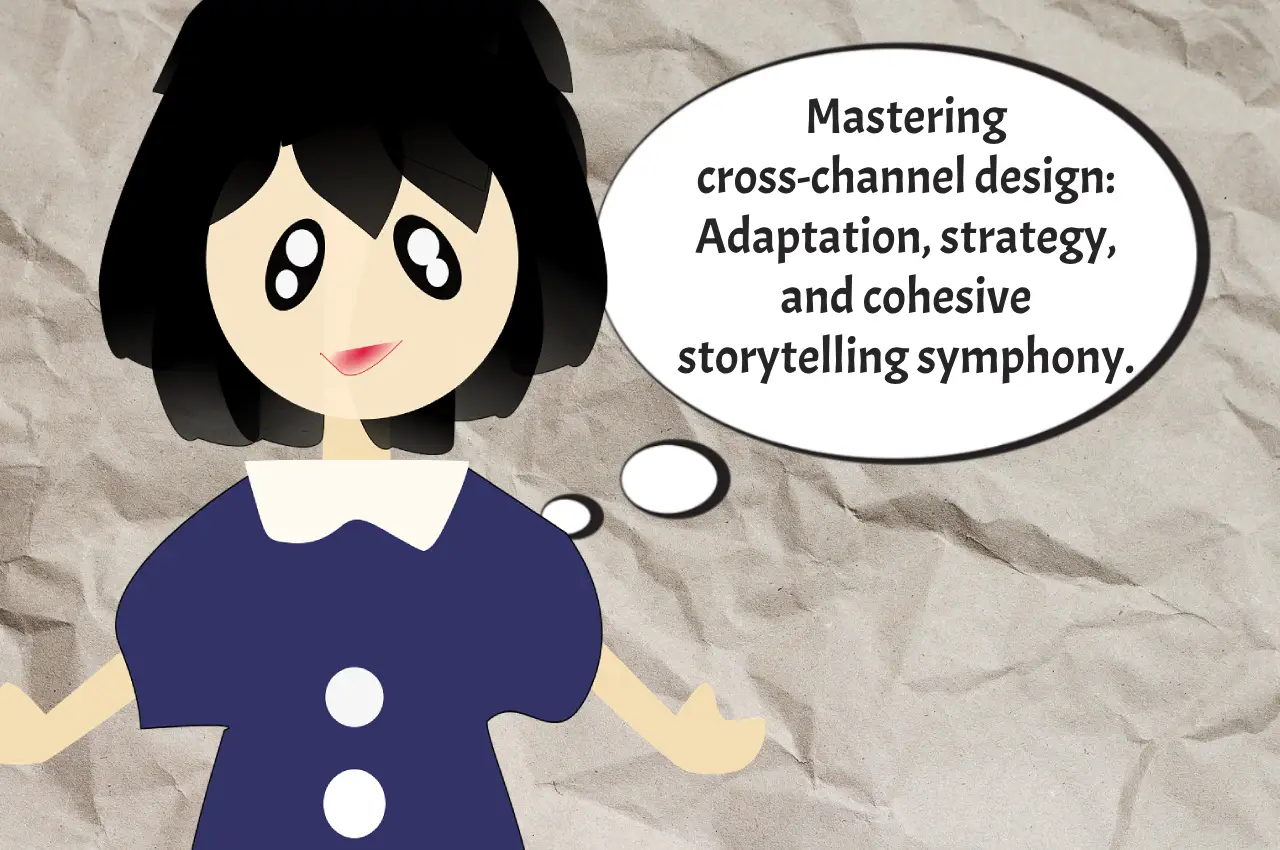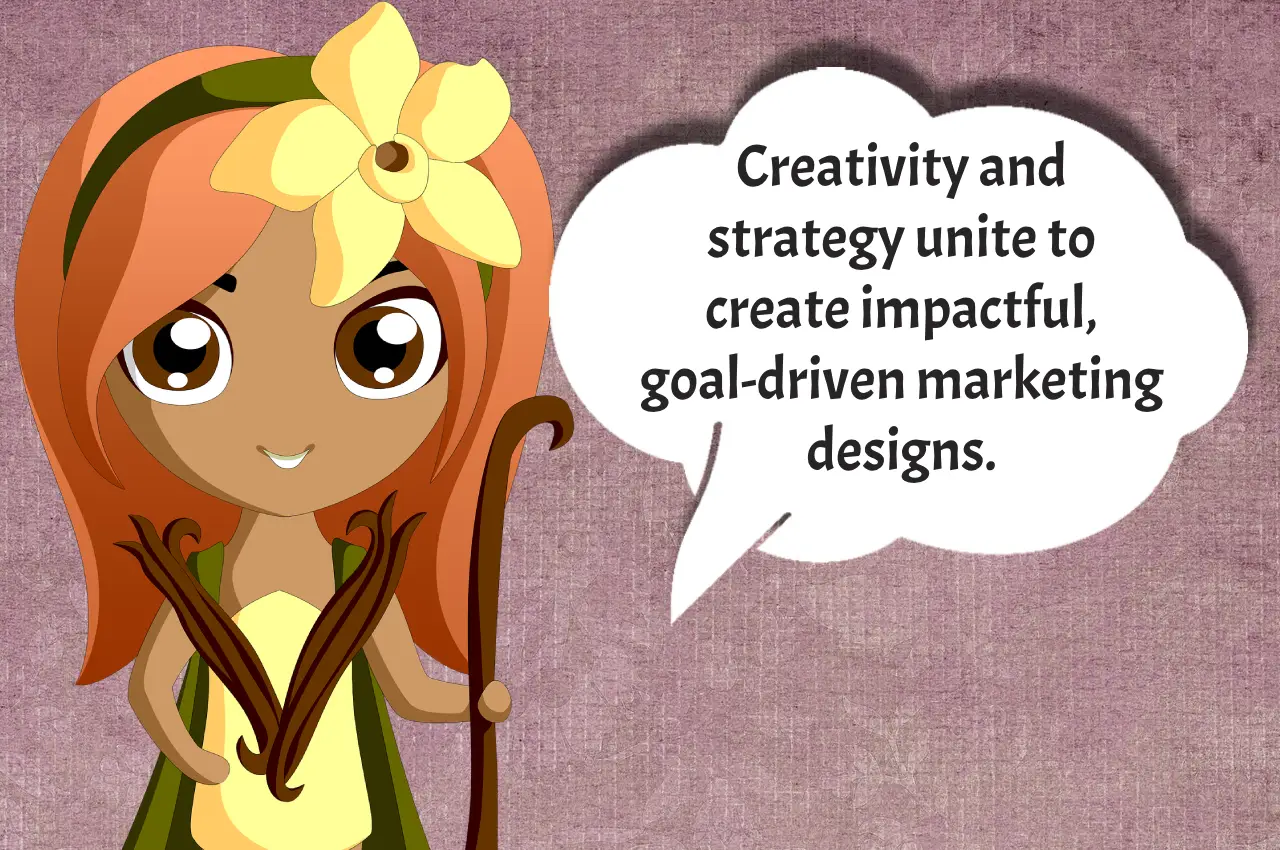In today’s digital landscape, engaging audiences is paramount for successful marketing strategies. Interactive design serves as a powerful tool in achieving this objective. By integrating elements that encourage participation and interaction, brands can forge meaningful connections with their target demographics. Let’s delve into the realm of interactive design and explore its profound impact on digital marketing.
Understanding Interactive Design
Interactive design involves creating interfaces and experiences that invite active engagement from users. Unlike static content, interactive designs prompt users to interact, explore, and participate actively. This can take various forms, including clickable elements, animations, quizzes, games, and more. The goal is to enhance user experience, encourage prolonged engagement, and ultimately drive desired actions.
The Evolution of Audience Engagement
Gone are the days of one-way communication where brands simply broadcasted messages to passive audiences. With the rise of digital media, consumers expect more immersive and interactive experiences. Brands must adapt by embracing interactive design principles to capture and retain audience attention effectively. Through interactive content, marketers can foster a sense of involvement, personalization, and enjoyment, leading to higher conversion rates and brand loyalty.
The Power of Storytelling
One of the most potent strategies in interactive design is leveraging storytelling. By weaving narratives into interactive experiences, brands can create emotional connections with their audience. For example, a fitness company might develop an interactive journey showcasing real-life success stories of individuals who transformed their lives through exercise. Such narratives resonate deeply with users, motivating them to engage with the brand and its offerings.
Engaging Through Gamification
Gamification is another compelling technique that harnesses the innate human desire for challenge and reward. By incorporating game-like elements such as badges, leaderboards, and progress bars, brands can make mundane tasks more enjoyable and rewarding. For instance, a language learning app might gamify the process of vocabulary acquisition by rewarding users with points and badges for each new word mastered. This not only makes learning fun but also encourages users to stay committed to their goals.
Personalization and Customization
Interactive design enables brands to deliver personalized experiences tailored to individual preferences and behaviors. By collecting data and insights, marketers can create interactive content that adapts dynamically based on user inputs. For instance, an e-commerce website might offer a personalized product recommendation quiz, guiding users to discover items that align with their style and preferences. This personalized approach enhances user satisfaction and increases the likelihood of conversion.
Accessibility and Inclusivity:
Inclusive design principles ensure that interactive experiences are accessible to all users, regardless of their abilities. Incorporating features such as alt text for images, keyboard navigation, and adjustable font sizes ensures that everyone can engage with the content comfortably.
User Feedback and Iterative Design:
Continuous feedback loops are essential for refining interactive designs and optimizing user experience. By soliciting feedback through surveys, user testing sessions, and analytics, brands can identify pain points and opportunities for improvement, leading to iterative design iterations that better meet user needs.
Emotional Design and Brand Connection:
Interactive experiences have the power to evoke emotions and forge strong connections between users and brands. By infusing designs with elements that evoke joy, surprise, or empathy, brands can create memorable experiences that resonate with their audience on a deeper level.
Cross-Platform Integration:
With users accessing content across various devices and platforms, seamless integration is key to delivering consistent interactive experiences. Brands should ensure that interactive designs are responsive and optimized for different screen sizes, operating systems, and browsers to provide a frictionless experience across all touchpoints.
Interactive Advertising:
In the realm of digital advertising, interactive formats offer higher engagement rates and better ROI compared to traditional static ads. Brands can leverage interactive ad formats such as playable ads, interactive video ads, and augmented reality ads to capture attention and drive conversions effectively.
Ethical Considerations:
As interactive design becomes more sophisticated, brands must prioritize ethical considerations to ensure user trust and privacy. Transparency about data collection practices, consent mechanisms, and safeguards against misuse are essential for maintaining user confidence in interactive experiences.
Collaborative Design Processes:
Effective interactive design often involves collaboration between designers, developers, marketers, and other stakeholders. By fostering a multidisciplinary approach and encouraging cross-functional collaboration, brands can harness diverse perspectives and expertise to create innovative and impactful interactive experiences.
Integration with Emerging Technologies:
Emerging technologies such as artificial intelligence (AI), machine learning (ML), and the Internet of Things (IoT) offer new possibilities for interactive design. Brands can explore opportunities to integrate these technologies into interactive experiences to deliver personalized recommendations, predictive insights, and seamless interactions.
Long-Term Engagement Strategies:
Building lasting relationships with customers requires strategies for sustaining engagement beyond the initial interaction. Brands can implement loyalty programs, community forums, and exclusive content to incentivize continued engagement and foster brand advocacy among loyal customers.
Data-Driven Optimization:
Leveraging data analytics and A/B testing enables brands to optimize interactive designs based on real-time performance data. By analyzing user behavior, conversion funnels, and engagement patterns, brands can identify areas for improvement and refine interactive experiences to maximize impact.
Driving Engagement Across Channels
Interactive design extends beyond websites and apps, encompassing various digital channels such as social media, email, and advertising. Brands can leverage interactive elements such as polls, quizzes, and contests to spark conversations and foster community engagement on social platforms. Similarly, interactive email campaigns featuring interactive images or surveys can significantly increase open rates and click-through rates. Integrating interactive design seamlessly across channels ensures consistent engagement and brand visibility.
Measuring Success and Iterating
As with any marketing strategy, measuring the effectiveness of interactive design initiatives is crucial for optimization and refinement. Marketers should track key metrics such as engagement rate, time spent on interactive content, conversion rate, and user feedback. By analyzing these metrics, brands can identify areas for improvement and iterate on their interactive designs to better resonate with their audience.
Embracing the Future of Marketing
Interactive design continues to evolve rapidly, driven by advancements in technology and changing consumer expectations. As virtual reality (VR), augmented reality (AR), and voice-activated interfaces become increasingly prevalent, brands have new opportunities to create immersive and interactive experiences. By staying at the forefront of these trends and embracing innovative approaches, marketers can continue to captivate audiences and drive meaningful interactions in the digital age.
In conclusion, interactive design is a cornerstone of modern digital marketing, offering brands the ability to engage audiences in meaningful and memorable ways. By leveraging storytelling, gamification, personalization, and measurement, brands can create immersive experiences that resonate with their target demographics. As technology continues to evolve, embracing interactive design will be essential for staying competitive and forging lasting connections with consumers.
What are your thoughts on interactive design in digital marketing? Share your experiences and insights in the comments below!





